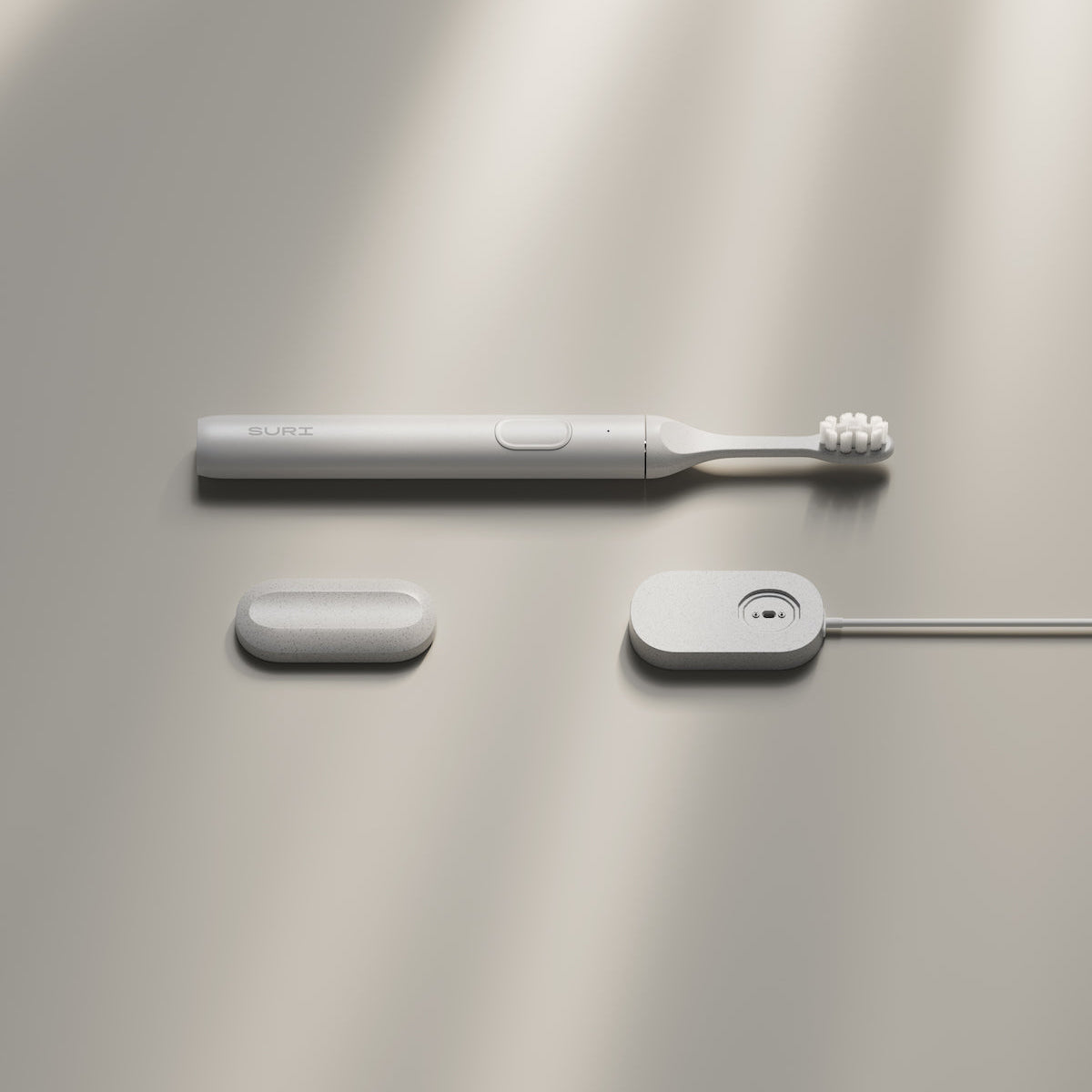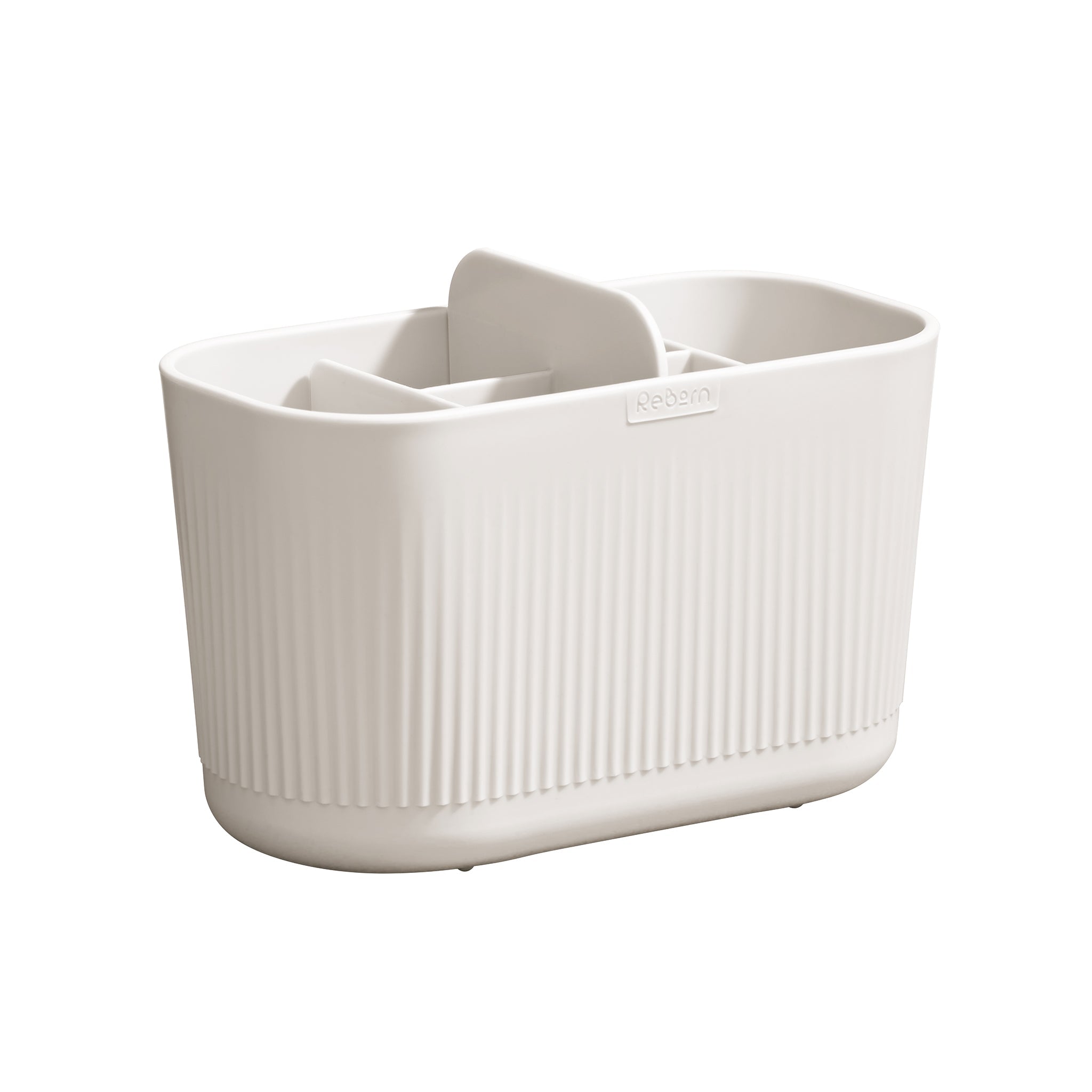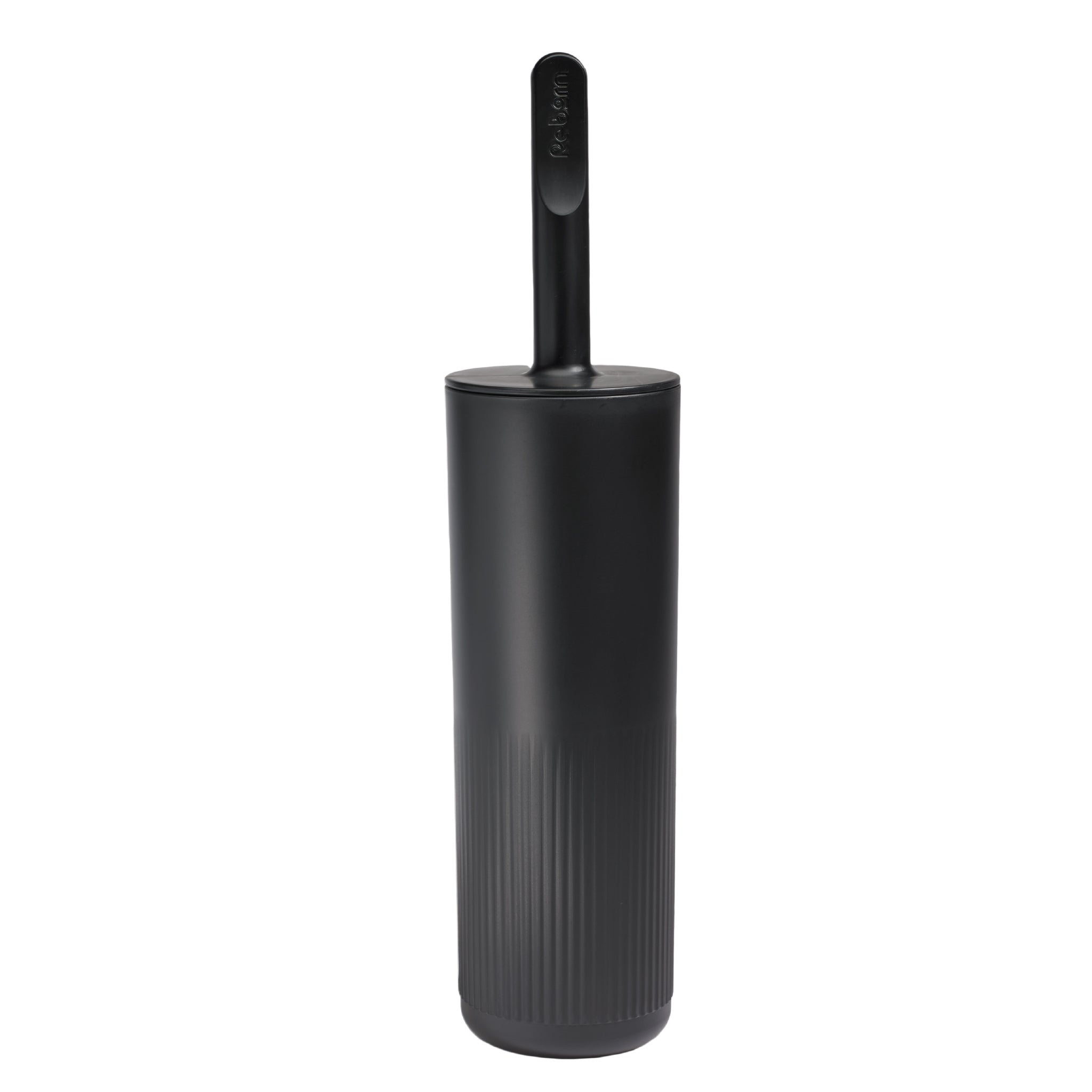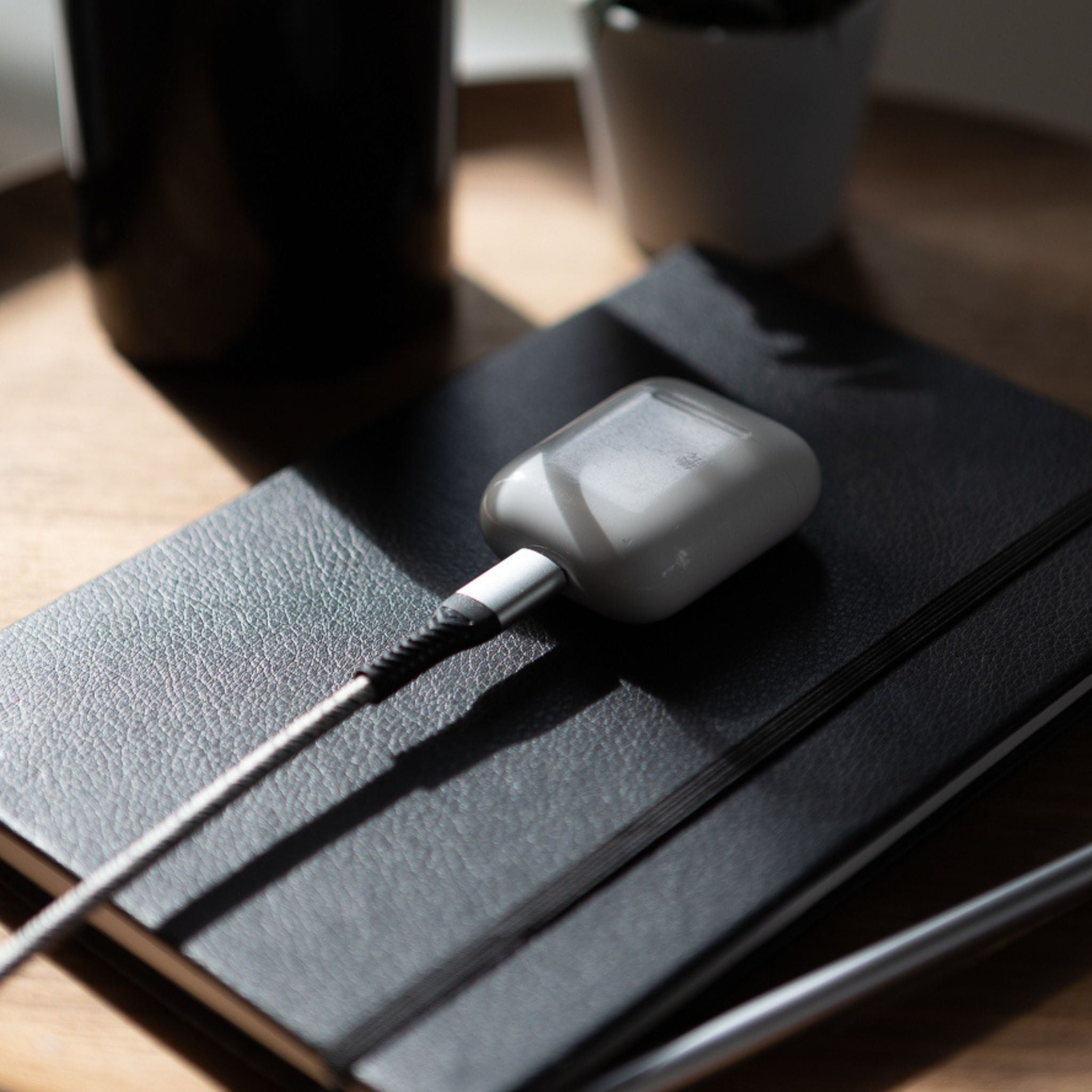The past few years have been a little bumpy for us all in different ways we need not list. The Climate Crisis has taken somewhat of a backseat in recent years while we navigated our way out of a pandemic, followed swiftly by some turbulent politics (we listed…). We’d be forgiven for scrabbling around, attempting to fight back the overwhelm and wondering where we might even begin to make some positive changes that could help. Oh, and how we might be able to afford it, given the terrifying cost of basically everything.

Luckily, there are companies out there who don’t differentiate, enabling us to be sustainable through circularity - companies that allow us to unlock the value of the things we own and no longer need, in order to pay for those that we don’t (own) and do (want or need).
We want to act sustainably, yet it’s sometimes hard to prioritise and make those choices when sustainable products can be accompanied by a higher price tag.
While the pandemic temporarily took some of our attention away from the climate crisis, there has definitely been a re-awakening as the world attempts to move forward. This week, the issue has been brought again into sharp relief thanks to the latest IPCC report; the findings are undoubtedly bleak, yet not totally without hope nor the potential for action (action that we can take both as individuals and as a collective.)
A different way to be sustainable
At Buy Me Once, we have long been champions of the seemingly simple changes that are truly possible to make in our lives; looking for longer lasting options to the things we buy, seeking out quality and voting against shoddy manufacturing with our feet and our wallets is our MO. We do, however, also recognise that this isn’t possible for everyone; we accept that there is undeniable privilege in choice.

There are other ways – we talk of circularity and the circular economy often – ensuring that we prolong the ‘use phase’ of a product through clever design and solid materials is the go-to part of that circle for Buy Me Once. But what happens when we fall out of love with something we own? What can and should we do with it? That item has real financial value, both to us and to its next potential owner. Second-hand, pre-loved market places have exploded onto the retail scene in recent years, and we wholeheartedly welcome and applaud their growth. Resale platforms are brilliant in many ways – what they aren’t doing, however, is unlocking the value of our items quickly and allowing that value to be realised almost instantly while taking the hassle out of the process.
The idea that we can create value from the things we own, offsetting the cost of the new things we’d like to have is pretty great. So why would everybody not do this all of the time?! It’s SO clever and worthwhile! Yes, this is absolutely and undeniably true but oooohh, the faff. The endless photos to take, the description writing, the guesswork to establish a fair price, the waiting game to see whether anyone else agrees and the item might sell – not to mention then finding something to pack it in and then fiiiiinally sending it on to the buyer. The list of things to do is not short and, for many, the experience is protracted and frustrating.

These are the problems that Twig solves. Twig call themselves a 'bank of things' – Twig Pay is an app that enables you to pay for new things using the financial value of your old ones. Instantly. This brilliantly brings together the environmental benefit of circularity, simultaneously unlocking tangible financial value for us as consumers. Think of your unwanted things as assets ready to be transformed, not only into someone else’s beloved item, but also into liquid cash. Almost immediately.
How to use Twig
There are different ways to use Twig Pay; you can download the app, create your account and list your things. Using its extensive market data, the app will give you an instant valuation of your items and you’ll have the option either to cash out instantly or to wait until the item is received by Twig for your payout. The item will then be re-sold (by Twig, not you) and you won’t need to entangle yourself in any of the aforementioned faff. Dreamy. This is not about individuals selling items, it’s about releasing the value of the things we no longer need and minimising waste.
You’ll also find Twig Pay as an option at checkout on some online stores – including Buy Me Once. This is where you need to think of the things you own yet no longer use as capital, waiting to be activated. You can instantly use the value of things you’re ready to part with offsetting the cost of a beautiful iron pan you’ve been waiting for, or perhaps the repairable vacuum cleaner you’ve needed for a while now.
It definitely pays to be honest and accurate when describing your things, which is key to keep in mind when you’re listing on Twig. If the condition isn’t as you’ve described, for example, you may lose out on the final price of your item.
We love the Twig take on sustainable shopping and the fact that they make it both easier and financially possible for all of us to act as conscious consumers, saving the planet from waste and our wallets all at the same time.






























